Description
The Mad Professor Silver Spring Reverb PCB Pedal is currently retailing at £199 and it is out of stock. Available to be delivered to you by post direct (some charge may apply).The team at Just Pedals think that Mad Professor nailed it with the Mad Professor Silver Spring Reverb PCB Pedal.
The Mad Professor Silver Spring Reverb is exactly what it says on the tin. A high quality spring reverb style pedal that can fit on any pedalboard and instantly give your amp the sound of vintage blues to surf and beyond. With a completely analogue direct signal and a digital reverb circuit you get both an incredible range of tones and excellent transparency.
The Best Of Both Worlds
While digital effects are great they can sometimes cause some changes to your dry signal as well which is always a shame. The Silver Spring Reverb however matches up a powerful digital chip circuit for the effected signal meanwhile the dry, direct signal is only going through a very transparent 100% analogue set up so you don’t get any tone degradation.
Easy To Control
Unlike some digital pedals where they add in extra controls just because they can here everything is kept simple with just three knobs. Time sets the length of the decay, this can go from a very small room like spring sound all the way up to a massive sounding hall like plate reverb. Tone sets the frequency range for the wet signal. The higher this is turned up the brighter the reverb becomes. Finally you have the Reverb control which just acts like your standard Level.
Here’s what Mad Professor say about the Silver Spring Reverb
SILVER SPRING REVERB (SSR) is a compact, easy to use digital/analog reverb with a pure analog direct signal path. It creates a natural sounding ambient reverb that will not get in the way of your original signal.
- The Silver Spring Reverb’s bandwidth is in between the dark warmth of an amplifier’s spring reverb and the pristine clarity of a studio reverb.
- There is no noise reduction system, in order to keep the decay as natural as possible.
- The direct signal path is all analog, going straight through analog amplifiers with no filtering.
- With the input set below the maximum there is no signal distortion or coloration
- The Reverb signal path is filtered to produce the Silver Spring Reverb’s natural ambience.
- The SSR’s sound is exceptional with a clean signal, but was specifically designed to work equally well with the tougher performance requirements of distorted tone. The SSR can be used before distortion, although it was primarily designed to go after. If you use the SSR before distortion, you may want to use a lower Reverb (Wet/Dry) setting.
- Built the Mad Professor way: small footprint and big tone.
Controls
- TIME: This sets the decay time of reverb. Turn it clockwise for longer decay. At full counterclockwise position the decay is that of a small room. At full clockwise position the decay resembles the large hall sound of a plate reverb. Around the center setting the medium decay time is optimal for rhythmic chords and single
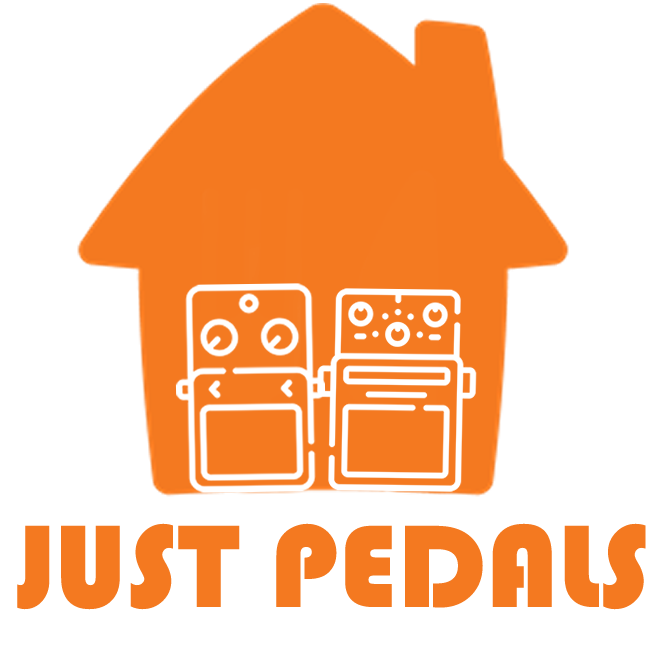
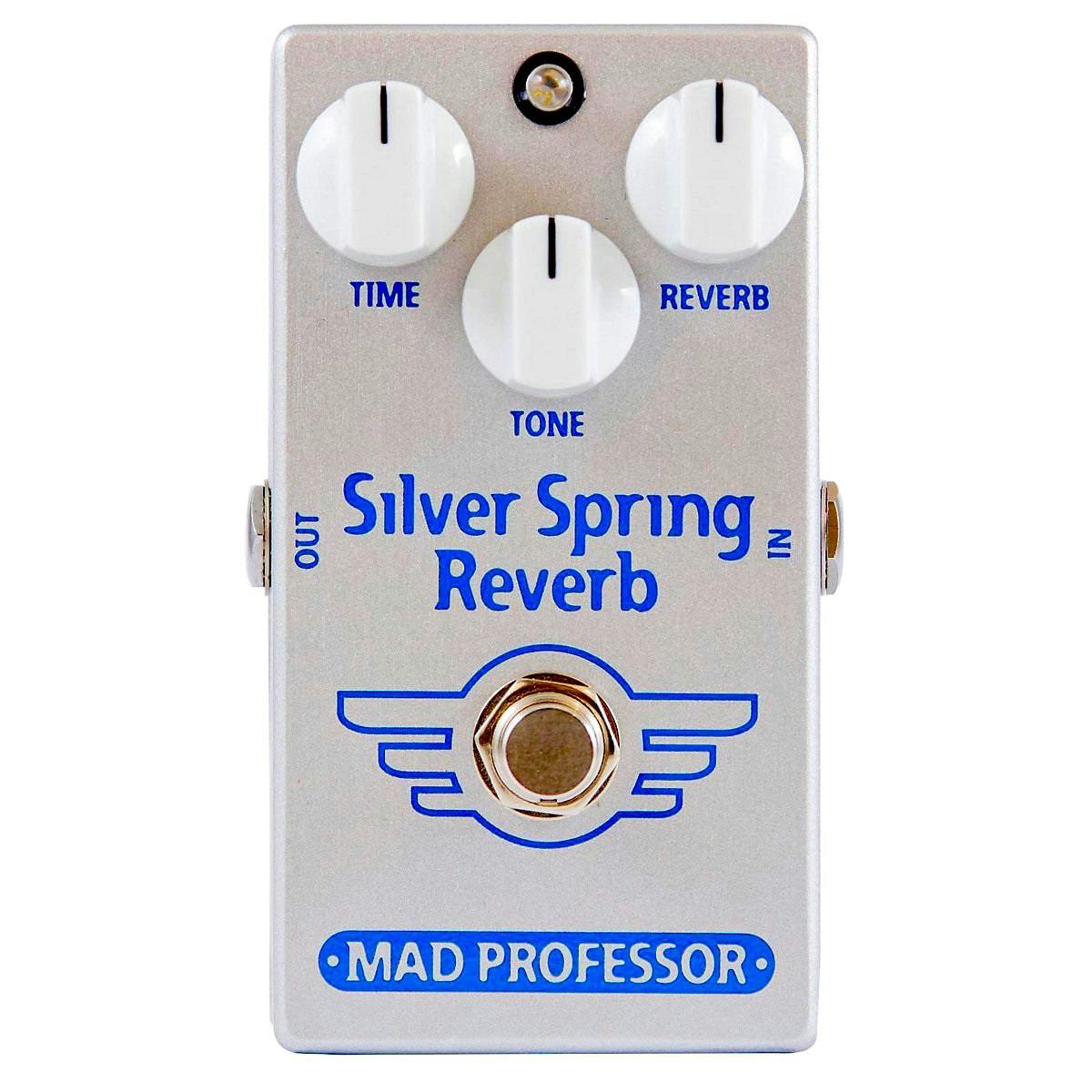
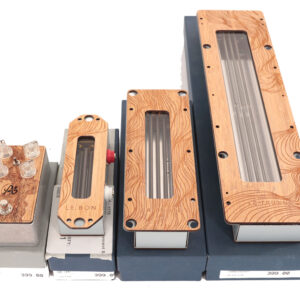
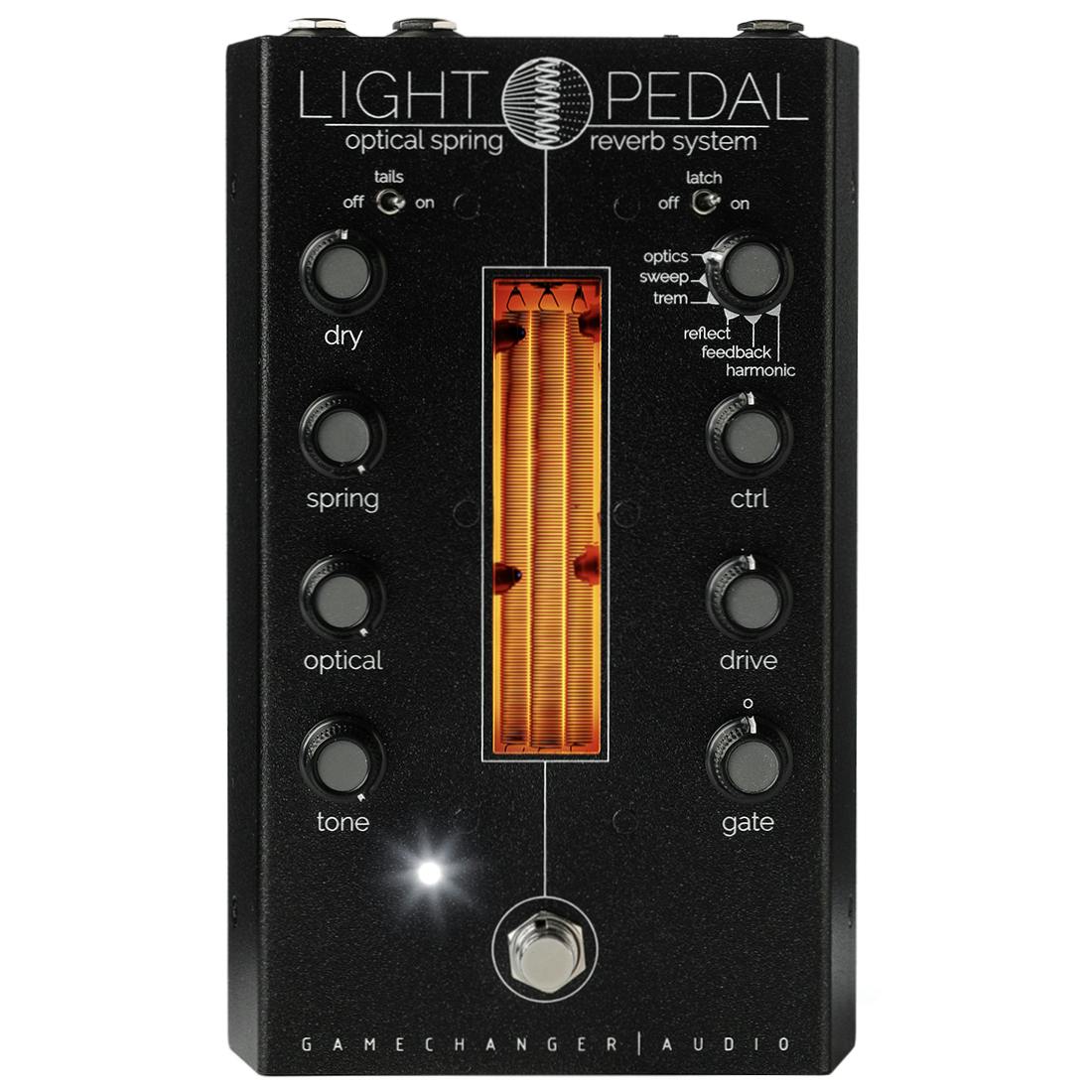
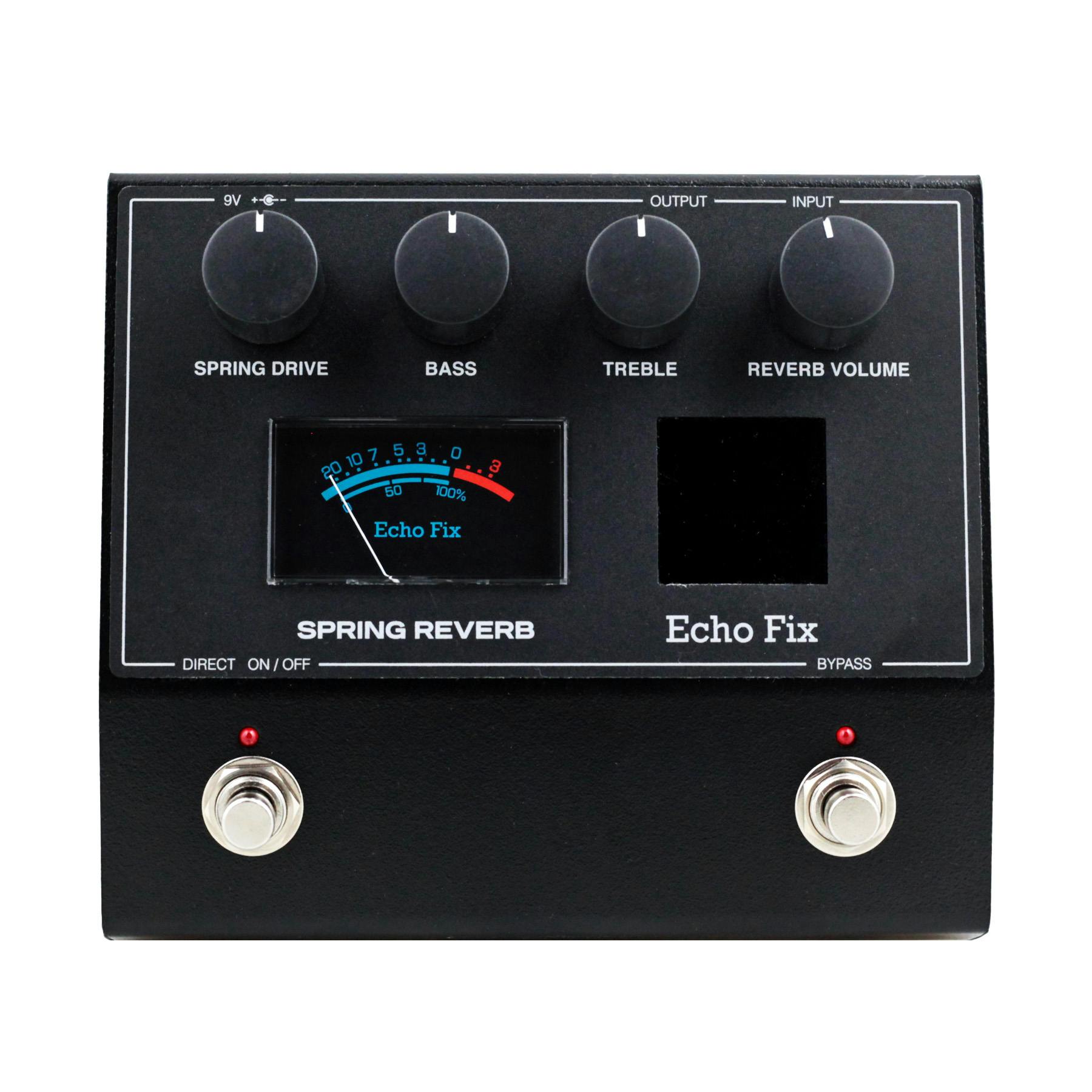
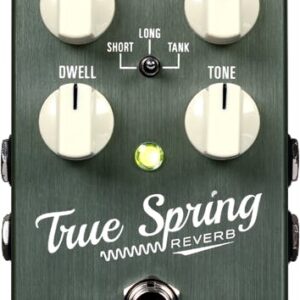
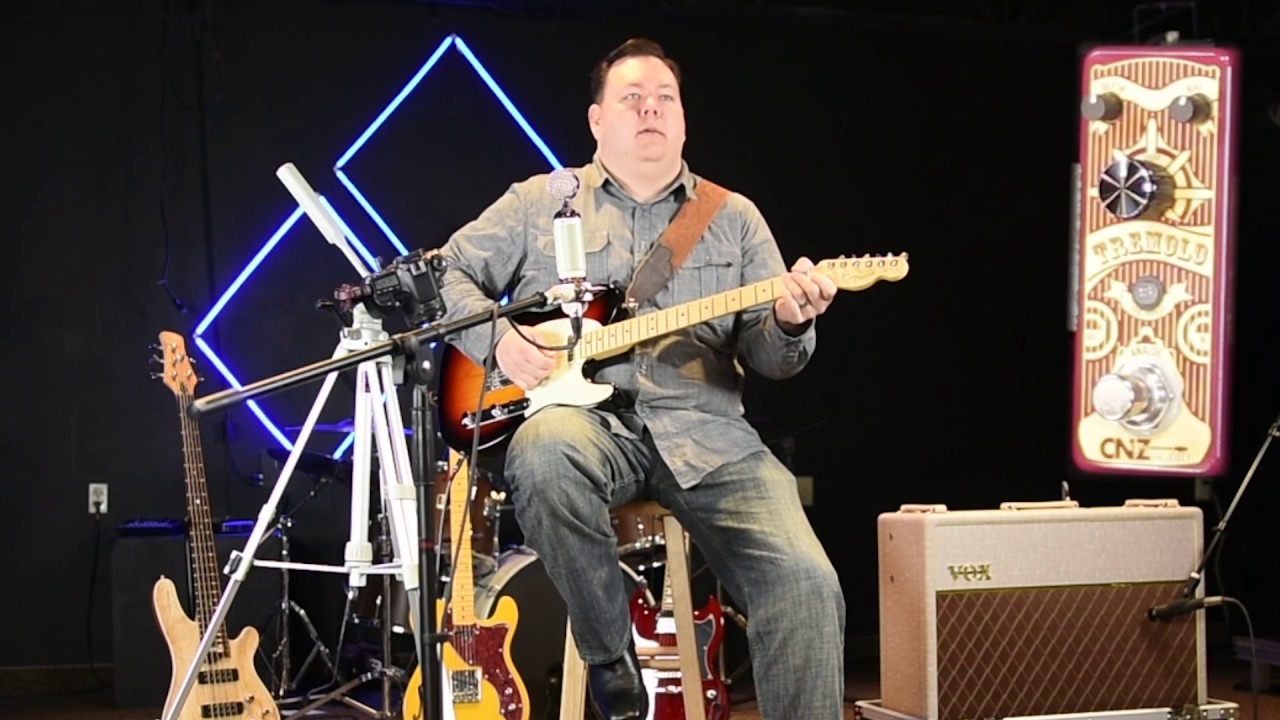
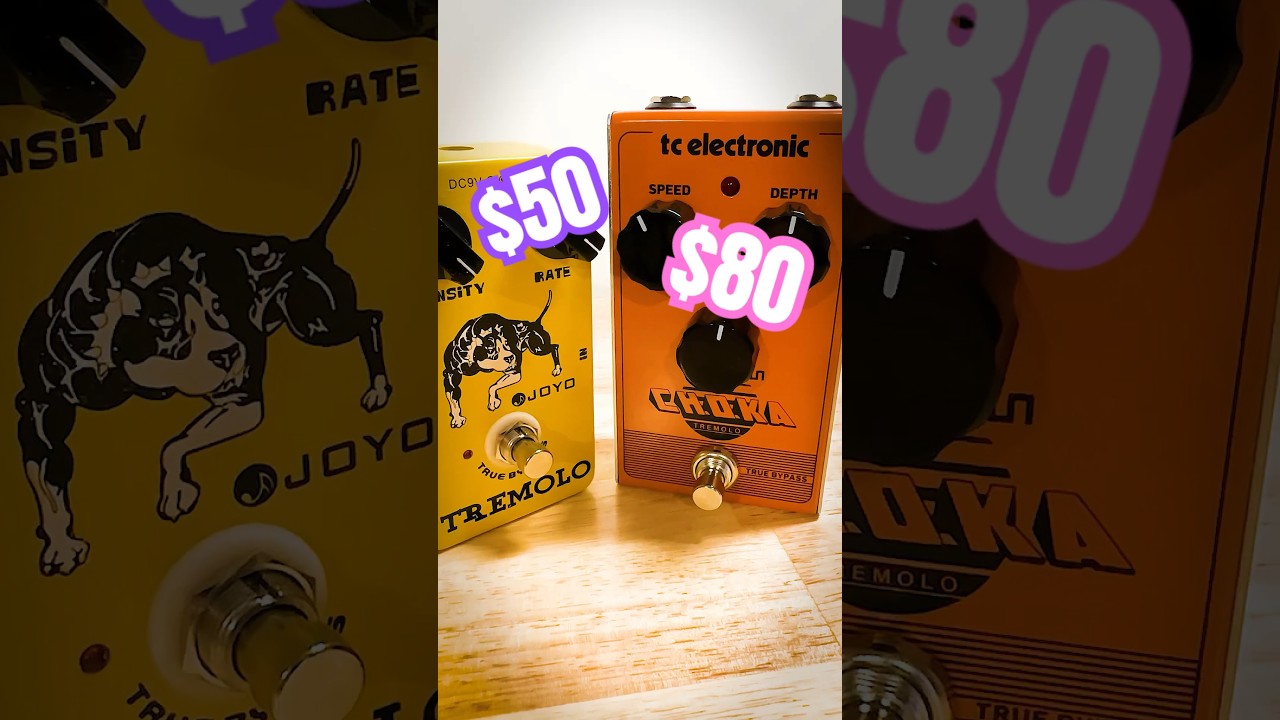











![[Enhance Your Guitar Sound] Transform your electric guitar with a spring reverb effect that adds depth and character, elevating your performances to new heights. [Rock-solid Build] Crafted from durable aluminum alloy, this guitar effect pedal guarant...](https://m.media-amazon.com/images/I/410q2UYIuML._SL160_.jpg)





![[True Bypass Switch] The guitar reverb pedal adopts true bypass switch for 0 tone loss, accompanied by LED indicator to show the operating mode, enhancing usability and clarity of function. [Reliable Construction] Made from aluminium alloy, the guita...](https://m.media-amazon.com/images/I/41sKg76ro-L._SL160_.jpg)



